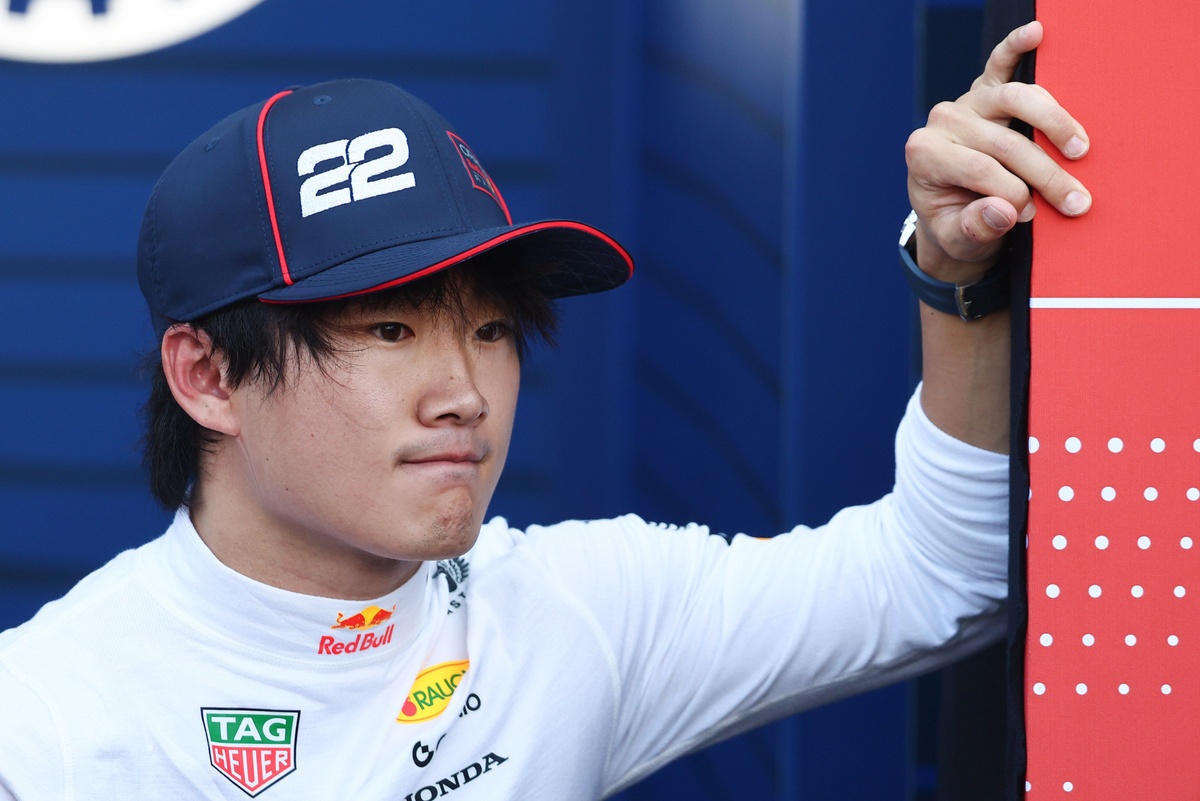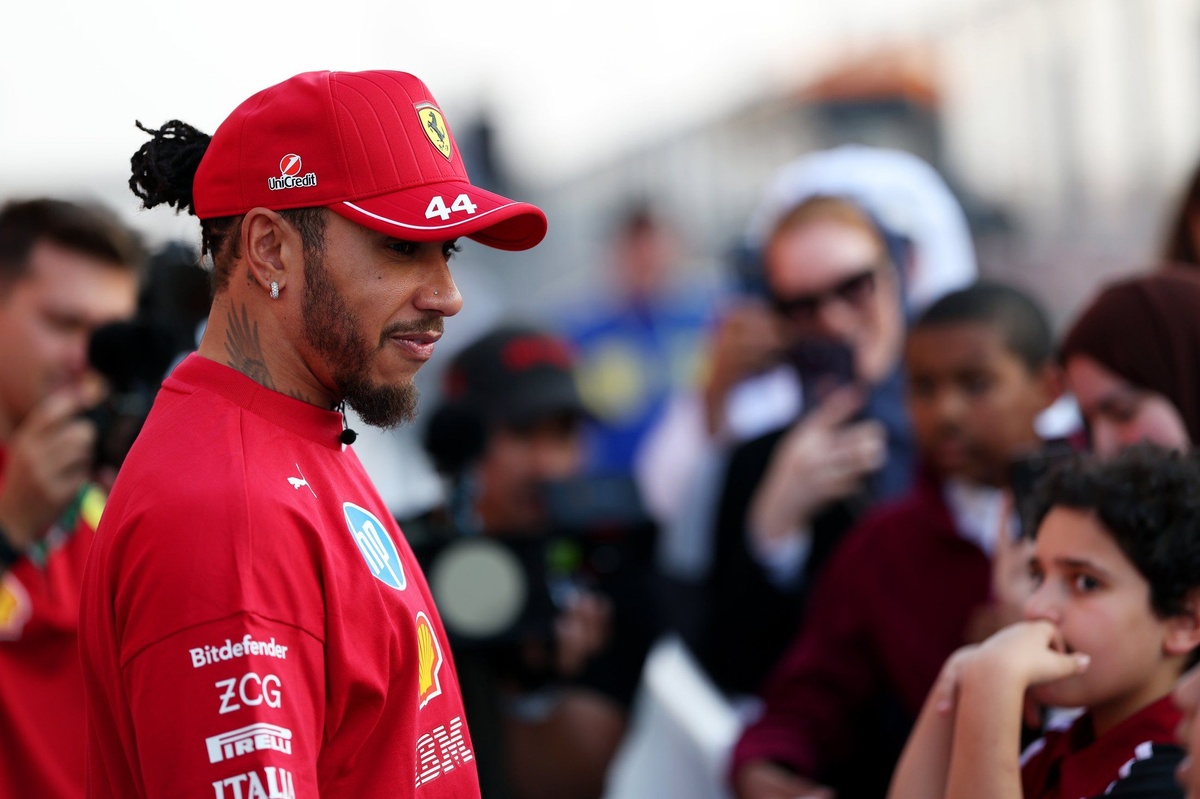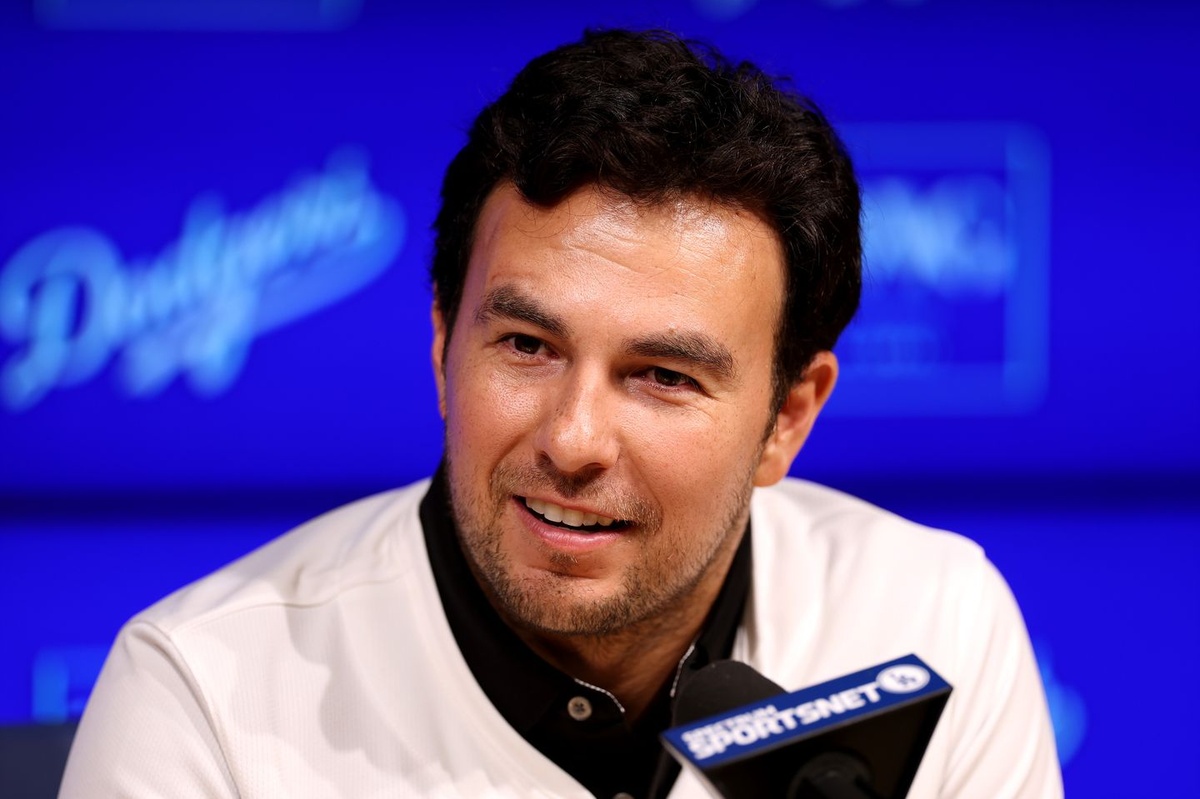Tsunoda’s Strategy Woes: Red Bull Takes Blame at Belgian GP
Yuki Tsunoda’s promising seventh-place qualifying at the Belgian Grand Prix quickly soured due to a strategic misstep by Red Bull Racing, which resulted in a disappointing race outcome for the young driver. After enjoying a significant upgrade to his RB21, the team conceded responsibility for a late pit call that hindered Tsunoda’s chances to fight for points on Sunday.
Red Bull’s Pit Strategy Misstep
Tsunoda’s race began well, holding onto his seventh position off the grid. However, a crucial delay in his pit stop cost him not only valuable track position but also the opportunity to secure points. The miscommunication within the team led to Tsunoda pitting a lap later than his teammate Max Verstappen, who made his stop at the end of lap 12.
The Cost of a Late Call
This strategic error forced Tsunoda into a protracted battle behind Pierre Gasly, who, despite qualifying 13th, had pitted early and set off a DRS train that left the Japanese driver unable to overtake. Spending nearly 30 laps stuck behind Gasly, Tsunoda ultimately lost positions to Oliver Bearman and Nico Hulkenberg during the final laps, finishing in 13th place.
Acknowledgment of Mistakes
Post-race, Red Bull’s new team principal, Laurent Mekies, took full accountability, stating, “It was our mistake…we simply called him too late.” Mekies revealed that although preparations for Tsunoda’s pit stop were underway, the crew could not execute the plan swiftly enough.
Insights on Technical Upgrades
Despite the disappointing result, Mekies reflected positively on the new floor upgrade fitted to Tsunoda’s car between the sprint race and qualifying. Tsunoda reported improved grip and confidence, attributing his strong qualifying performance to the upgrade. Mekies emphasized the risks involved in introducing new parts so close to qualifying, noting the crew’s impressive effort under tight conditions.
Looking Ahead
The Belgian GP highlighted both potential and areas for improvement for Tsunoda and Red Bull Racing. As the season progresses, the focus will likely shift to refining communication and strategies to better support their drivers in racing conditions, aiming to translate strong qualifying performances into tangible results on race day.





